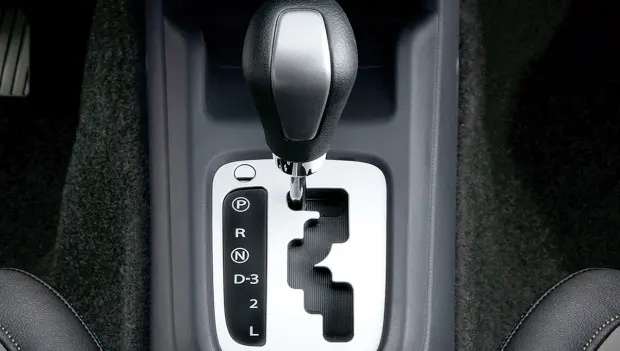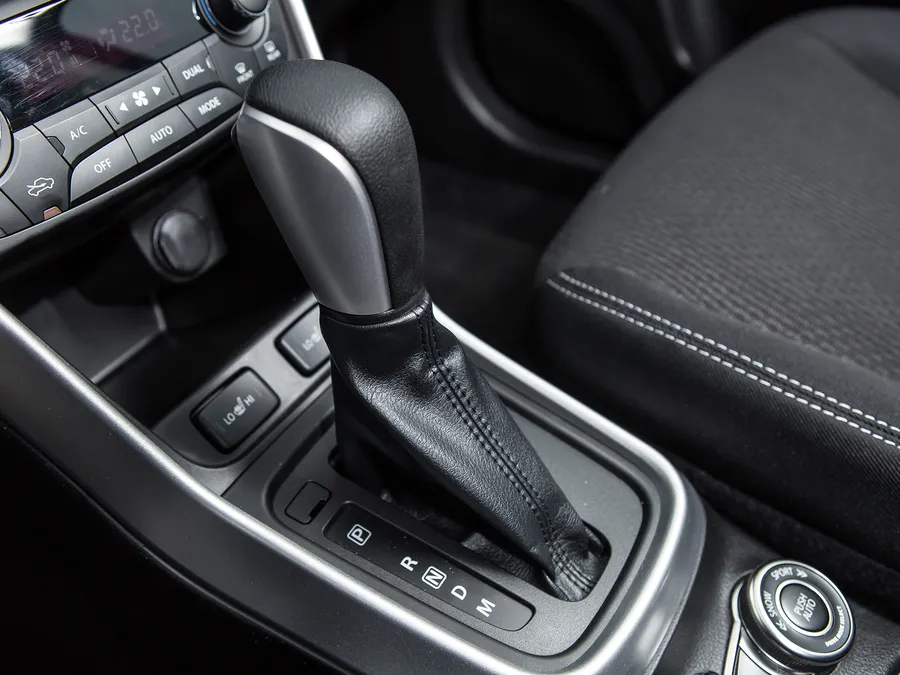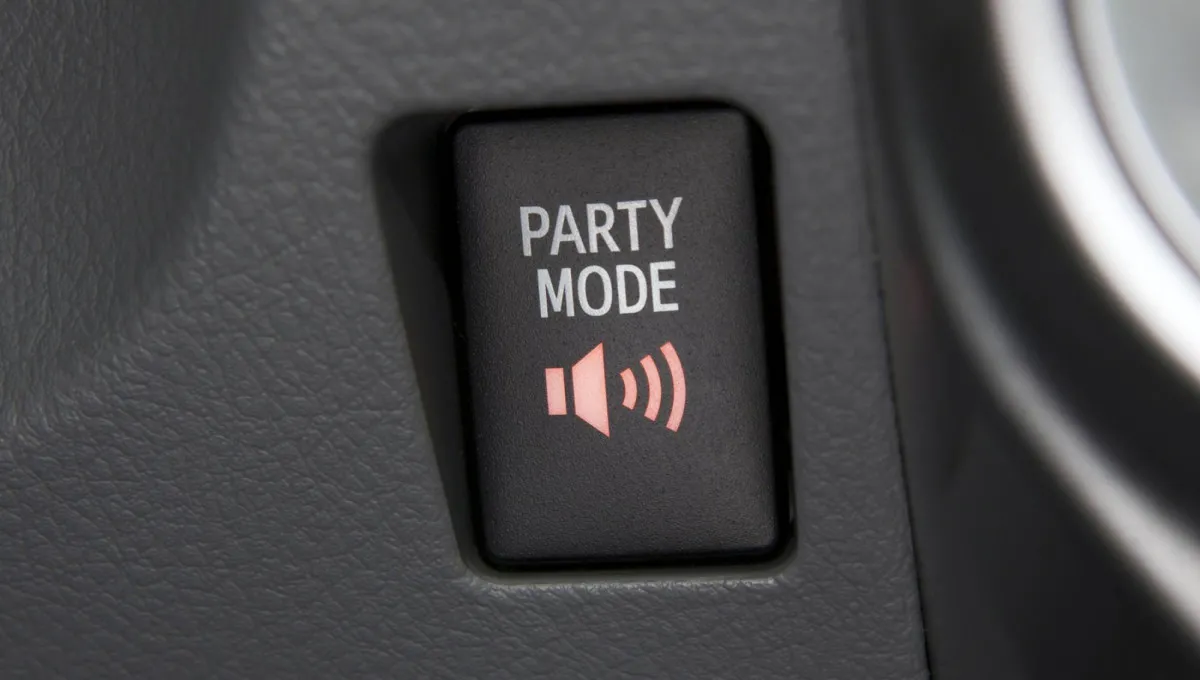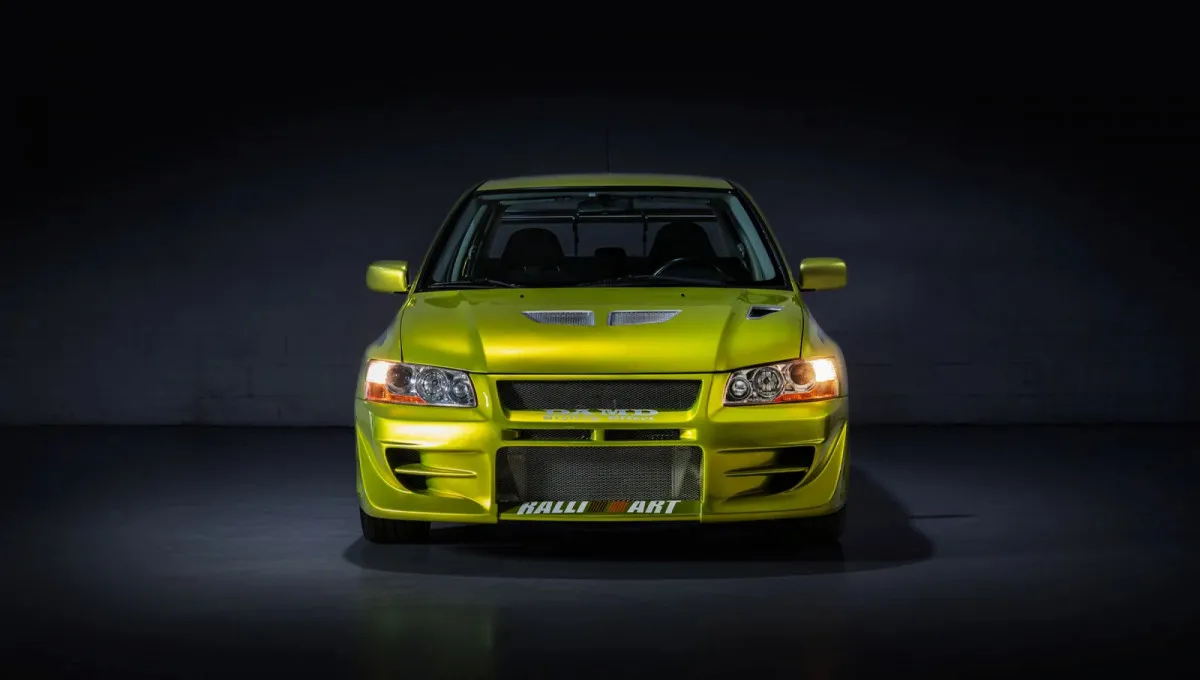Why Some Cars Have a Straight Gear Lever and Others a Zigzag One
The gear lever in an automatic transmission can switch in a straight line or in a zigzag pattern. What is the fundamental difference between these options?

Many drivers are curious about why in some cars the automatic transmission gear selector moves in a straight line, while in others it follows a zigzag route. At first glance, it seems like a mere design quirk or a matter of habit, but each of these solutions has its own functional justification. As specialists in car repair and maintenance explain, the difference between these mechanisms is not directly related to the type of transmission — whether it's a classic torque converter, a CVT, or a robot. It's all about implementing protection against accidentally engaging an unwanted mode.
The zigzag selector is designed so that to shift between positions, the lever must be physically guided into the required “loop.” This creates an additional tactile barrier, ensuring that a driver cannot accidentally jump from "D" to "R," for example. This approach is especially relevant for cars without electronic lock buttons.
On the other hand, the straight switching scheme requires pressing a special button built into the lever itself. Without it, changing the selector position is impossible. This is also a kind of protection system, just implemented differently — through electromechanics. Such levers are more common in European and Japanese cars, where ergonomics and minimalism are prioritized.

From the perspective of the transmission's functioning itself, neither of these methods provides an advantage. In both cases, the driver controls the same modes — "P", "R", "N", "D," and so on. The difference lies only in the mechanics of the selector itself and the convenience to which each driver individually adapts. Moreover, modern cars with electronic selectors are moving away from traditional architecture altogether — gear control can be achieved via buttons, dials, or even touch panels, as in some Jaguar and Tesla models.
As a result, there is essentially no difference between the two transmission control variants.
You may also be interested in the news:

Three Hidden Automatic-Transmission Buttons Even Veteran Drivers Don’t Know About — and Why They Matter
Plenty of drivers who use an automatic transmission every day are convinced they know it inside out.

Five Mystery Buttons in Cars — Most Americans Have No Idea What They Do
Different brands feature unusual and unexpected buttons.

Paul Walker’s Original “2 Fast 2 Furious” Mitsubishi Lancer Evo Heads to Auction
Auction house Bonhams expects the cult car to fetch between €250,000 and €500,000.

The Start-Stop System Everyone Loves to Hate — Real Fuel Saver or Engine-Wear Myth?
Was this system created to annoy drivers, or does it actually serve a purpose?

Many American Mechanics Still Get This Wrong: Which Battery Terminal You Should Disconnect First
Disconnecting the terminals in the wrong order can trigger a short circuit or damage the vehicle’s electronics.